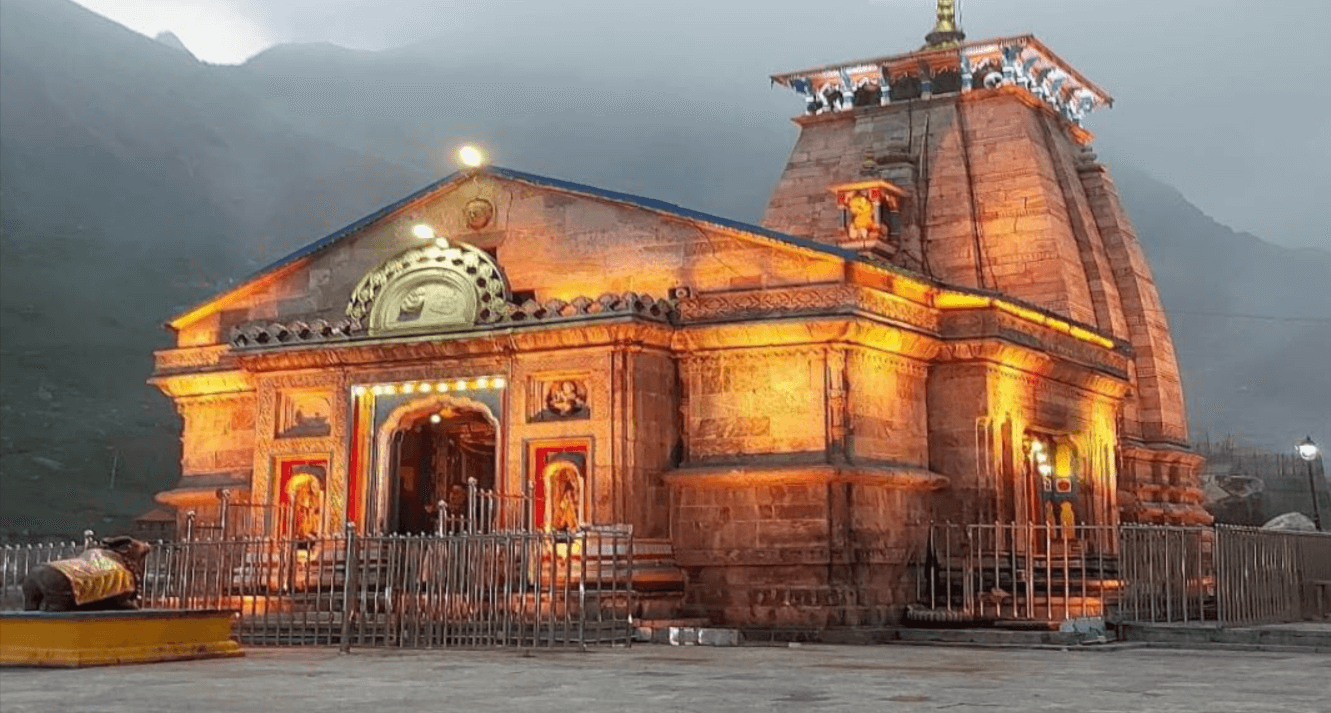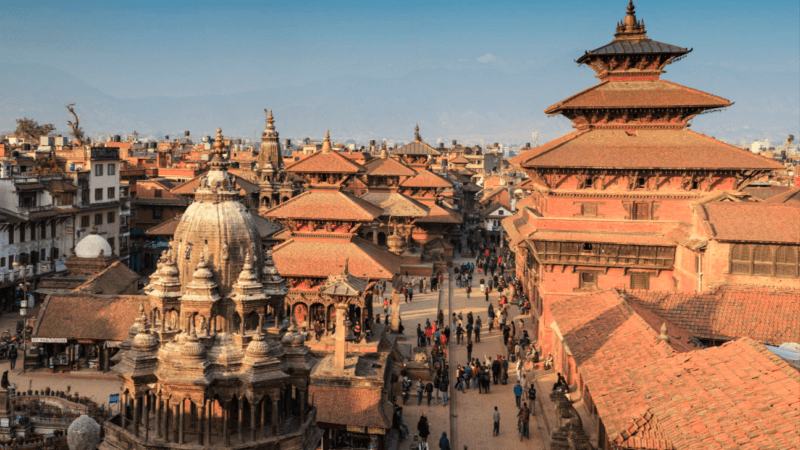EXPERIENCE YOU HAVE WHILE DOING KEDARNATH YATRA

Overview
Kedarnath Yatra is one of India’s most spiritual pilgrimages. Kedarnath, Lord Shiva’s abode, attracts thousands of devotees in a 6-month period when the shrine is open. Kedarnath is one of the four sacred pilgrimages known as the Char Dhams, as well as one of the Panch Kedar. This blog is about our experience with the Kedarnath Trek in October.
Continue reading to learn more about the Kedarnath Yatra
Including how to get there and where to stay, as well as other relevant information. For me, Kedarnath is more than just a pilgrimage site. The location is far more significant. It was the first time I had travelled with my family. Every now and then, I hear that I was a difficult two-year-old who caused my parents a lot of grief at the time.
What else would you expect from a toddler? After nearly three decades, I was ready to return to Kedarnath Yatra with Agni. Only this time, we decided to walk from Gaurikund to Kedarnath, and I was very excited about the trek
About the Trip
This trip was going to be special for a variety of reasons. To be honest, I was far too excited to go to a place that holds so many memories for me. My father began telling me stories about “that” Kedarnath Yatra that took place nearly 30 years ago the moment we told our families about this trip.
He meant all the embarrassing episodes of a two-and-a-half-year-old on a family vacation. He appeared to have revealed all of my idiotic secrets to my husband, who, of course, did not fail to tease me later.
About the Destination
Kedarnath Dham is part of the Char Dhams Yatra, which also includes Gangotri, Yamunotri, and Badrinath. The Kedarnath temple is located in the Rudraprayag district of Uttarakhand’s Garhwal region, below the Chorabari glacier, which is the source of the Mandakini river.
Kedarnath, like other places, has its fair share of mythologies and legends.
There are several stories about how the Kedarnath Temple came to be. While some claim that the temple was resurrected and built in the 8th century by the great Hindu seer Adi Shankaracharya, others claim that it was built in the 2nd century AD by Hindu King Raja Bhoj of Malwa. As I previously stated, there are numerous versions.
About the History
The great Hindu epic Mahabharata mentions Kedarnath, which is where the legend of Panch kedar comes in. The Pandavas defeated and killed their cousin brothers Kauravas in the epic battle of Kurukshetra where the brothers fought each other. The Pandavas were plagued by self-remorse and guilt after killing their own in battle. They decided to seek forgiveness from Lord Shiva, the Supreme Being.
With this in mind, the Pandavas decided to travel to Kashi to seek God’s forgiveness. Lord Shiva, on the other hand, was not eager to forgive the Pandavas for their atrocities. He fled Kashi and disguised himself as a bull in Guptkashi. However, Bhima, the strongest of the Pandavas, was able to locate Lord Shiva in the form of a bull. The bull escaped once more and later rematerialized.
Beliefs
The hump of the bull manifested itself at Kedarnath, the arms at Tungnath, the navel and stomach at Madmaheshwar, the face at Rudranath, and the hairs at Kalpeshwar. The Pandavas were believed to be cleansed of their sins after constructing temples in all five locations. The front half of the bull is also thought to have fallen at Pashupatinath in Nepal. The Pandavas constructed temples in each of the five locations.
The Pandavas are said to have performed Yagna at Kedarnath before departing for Mahaprasthanam (renouncing the world to attain salvation). In fact, the Mahaprasthanam began in Mana village near Badrinath. That is a story for another time.
Another story goes that Nara-Narayan, a Hindu deity, worshipped Lord Shiva.
FLOODS OF 2013
Kedarnath is also well-known for the devastating floods that struck Uttarakhand’s Garhwal region in 2013. Surprisingly, the Kedarnath Temple was one of the few structures that survived the floods.
If mythology is to be believed, the temple was possibly built nearly 3000 years ago. However, there are inscriptions on the temple’s wall that date from 650 to 850 AD. Researchers have been interested in how the temple withstood the flood’s ravages. The reason appears to be related to the region’s glaciers and the lichens that grow there. Ravinder Kumar Chaujar, a retired professor from Dehradun’s Wadia Institute of Himalayan Geology, studied lichens growing on rocks.


